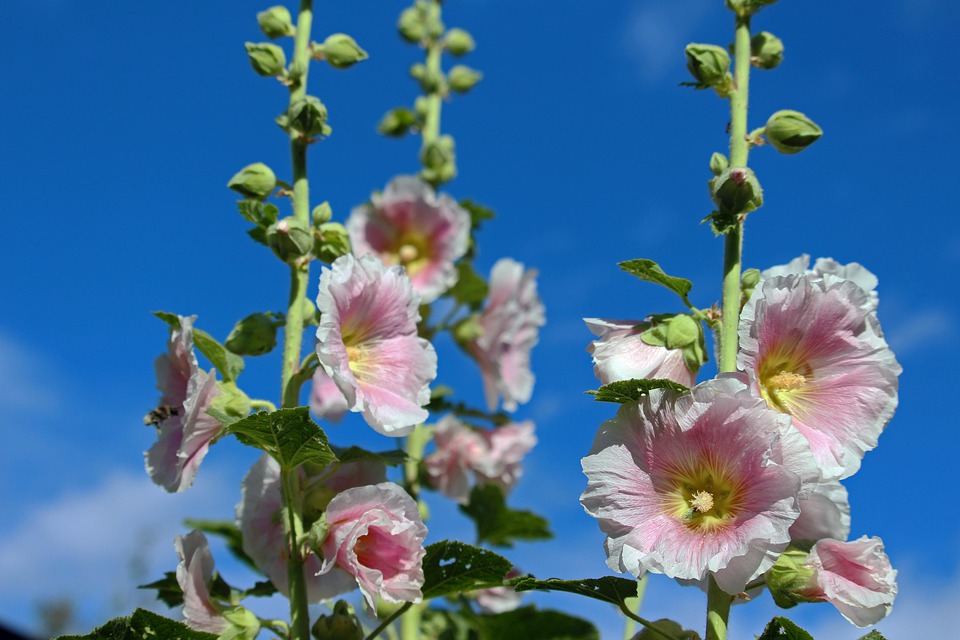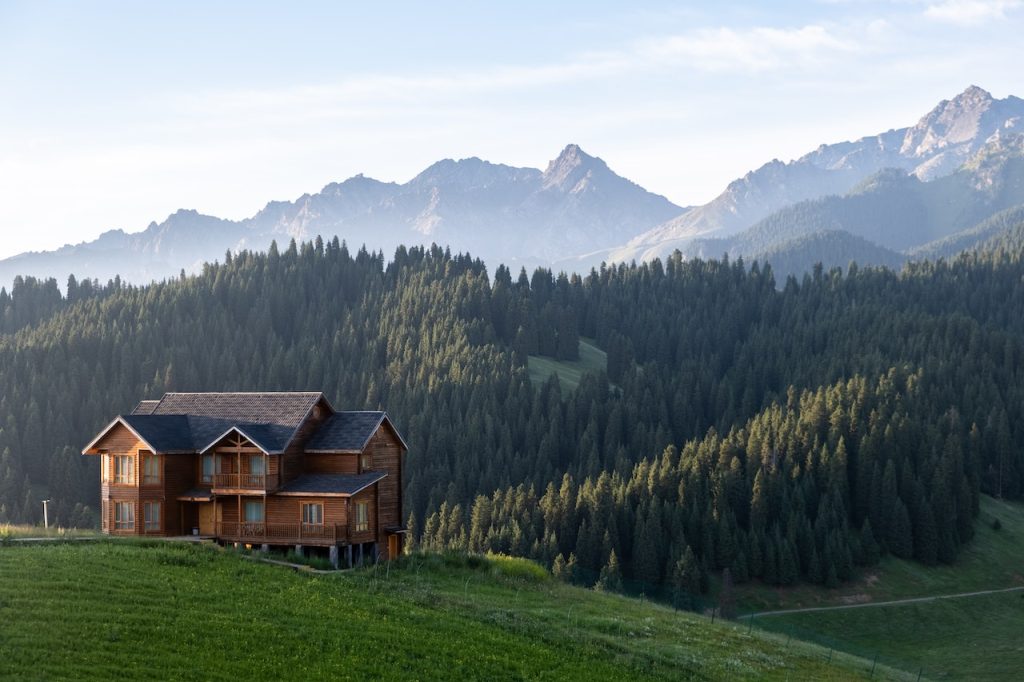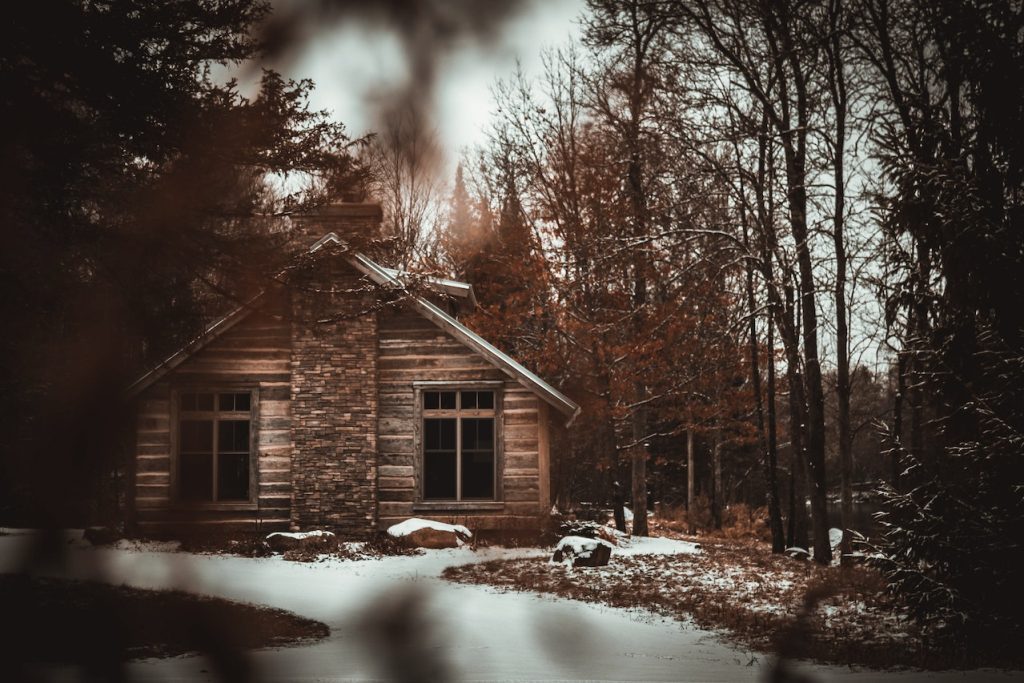# Low-Impact Landscaping: How to Choose Sustainable Plants for Any Climate
When I first began embracing an off-grid lifestyle, I quickly discovered the transformative power of landscaping. It wasn’t just about creating aesthetic appeal; it was about nourishing the earth, respecting local ecosystems, and interconnectedness with nature. Picture this: a vibrant garden flourishing with native flora, hummingbirds darting between blossoms, and a robust compost pile enriching the soil—all while reducing water usage and maintenance efforts. Welcome to the world of low-impact landscaping, where choosing the right sustainable plants can create a thriving outdoor sanctuary in harmony with the environment. Let’s dive into how you can select sustainable plants fit for any climate!
## Understanding Low-Impact Landscaping
Low-impact landscaping is an approach that prioritizes environmental health by minimizing resource consumption—like water and fertilizers—while enhancing biodiversity and soil quality. This concept becomes particularly essential as we face climate variability and increased urbanization. By selecting native and adaptive plants, you can create landscapes that not only survive but thrive with minimal human intervention.
### The Benefits of Sustainable Plants
1. **Water Conservation**: Native and drought-tolerant plants require less water once established. This is especially beneficial in arid regions.
2. **Biodiversity Enhancement**: Native plants support local wildlife, providing food and habitat for insects, birds, and other creatures.
3. **Soil Health**: Many sustainable plants contribute to soil fertility through their root systems and decomposing leaves, enriching the earth without synthetic fertilizers.
4. **Pollinator Support**: Incorporating a variety of flowering plants can attract bees, butterflies, and other pollinators, vital for healthy ecosystems.
5. **Aesthetic Appeal**: Sustainable plants often adapt beautifully to their environments, providing vibrant color and unique textures throughout the seasons.
With these benefits in mind, let’s explore how to choose the right plants for your specific climate.
## Plant Selection for Various Climates
### 1. **Tropical Climates**
In humid and hot regions, opt for plants that thrive in moist, tropical environments. Here are some stellar choices:
– **Heliconias**: Known for their spectacular blooms, these plants require minimal care and are excellent for attracting pollinators.
– **Frangipani (Plumeria)**: Not only do they smell divine, but they also tolerate drought conditions once established.
– **Ornamental Grasses**: Varieties like Miscanthus are excellent for adding texture and motion to the landscape.
#### Pro Tip: Create layered planting beds with taller plants at the back and smaller ones in the front to add depth, maximizing visual interest while respecting light requirements.
### 2. **Arid and Semi-Arid Climates**
Water-efficient plants are key in dry areas. Consider adding:
– **Agave and Aloe**: These succulents are ideal for low-water gardens and add sculptural elements to your landscape.
– **Desert Lavender (Lavandula)**: This fragrant beauty attracts pollinators and thrives in poor soils.
– **Native Cacti**: Adapted to harsh environments, cacti require minimal care and provide unique visuals in any landscape.
#### Pro Tip: Incorporate rock gardens or xeriscaping techniques to reduce evaporation and maximize water efficiency.
### 3. **Temperate Climates**
With four distinct seasons, temperate regions offer a feast of plant choices. Look for:
– **Native Wildflowers**: Options like Echinacea and Black-eyed Susans will brighten your space while supporting local pollinators.
– **Deciduous Trees**: Choose species like Oak or Maple—they provide shade in the summer while allowing sunlight to warm your home in the winter.
– **Perennial Herbs**: Plants like Thyme and Oregano are both useful in the kitchen and help ground your garden.
#### Pro Tip: Create a pollinator pathway by planting clusters of nectar-rich flowers, ensuring that they bloom throughout spring, summer, and fall.
### 4. **Cool and Colder Climates**
For those in regions with long winters and short growing seasons, consider:
– **Hostas and Ferns**: Ideal for shady areas, these plants are both resilient and lovely.
– **Berry Bushes**: Raspberries and blueberries not only thrive in cooler climates but also provide delicious harvests.
– **Winter-hardy Perennials**: Consider plants like Sedum and Coneflower, which add interest to your garden even in the colder months.
#### Pro Tip: Mulch garden beds during winter to insulate the soil, protecting your plants and retaining moisture come spring.
## Designing a Low-Impact Landscape
### 1. **Observe Your Environment**
Before planting anything, spend time studying your site. Make note of sunlight patterns, soil conditions, and wind exposure. This knowledge is vital in creating a landscape that requires less maintenance and resources.
### 2. **Plan for Diversity**
Create a mix of plants that complement each other and thrive in your specific climate. This method allows plants to share resources while reducing the risk of disease.
### 3. **Native Plants First**
Whenever possible, start with native plants. They’re well-adapted to local conditions, providing a richer habitat for local insects and animals. Visit local nurseries or community organizations for suggestions on what will work best.
## Planting Techniques for Success
### 1. **Soil Preparation**
Healthy soil is the foundation of a low-impact landscape. Before planting, enrich your soil with organic materials like compost to improve structure and fertility.
### 2. **Layering and Zoning**
Plant taller species on the north side for shade to smaller plants. This layering creates visibility and provides essential protection for more delicate plants.
### 3. **Watering Wisely**
Once your plants are established, focus on watering them deeply but less frequently to encourage root growth. Consider using drip irrigation systems for efficiency.
### 4. **Seasonal Maintenance**
Regularly check your landscape and remove invasive species before they establish. Employ mulching techniques to suppress weeds and retain soil moisture.
## Sustainability Beyond The Garden
Low-impact landscaping isn’t just about plants; it’s a holistic approach to living in harmony with nature. Incorporate:
– **Rain Gardens**: Capture stormwater runoff with beautifully landscaped depressions filled with native plants.
– **Composting**: By composting kitchen and yard waste, you create nutrient-rich soil amendments, reducing your dependence on store-bought fertilizers.
– **Edible Landscapes**: Blend flowers with herbs and vegetables to create a functional garden that nourishes both body and soul.
## Final Thoughts
Low-impact landscaping is more than a gardening style; it’s a philosophy rooted in respect and sustainability. As you embrace this approach, remember that every small step counts. By thoughtfully choosing plants adapted to your climate, you not only create a beautiful personal oasis but foster a resilient ecosystem that benefits wildlife and your local environment. Happy planting!
### Pro Tips Recap:
– **Study your site** for optimal planting placements.
– **Prioritize native plants**; they’re tailored to your climate and can thrive with less intervention.
– **Create diversity** to create a balanced and resilient landscape.
– **Mulch generously** to retain moisture and suppress weeds.
Embrace the beauty and functionality of low-impact landscaping, and you’ll cultivate a space that’s both a sanctuary for you and a thriving habitat for nature.



